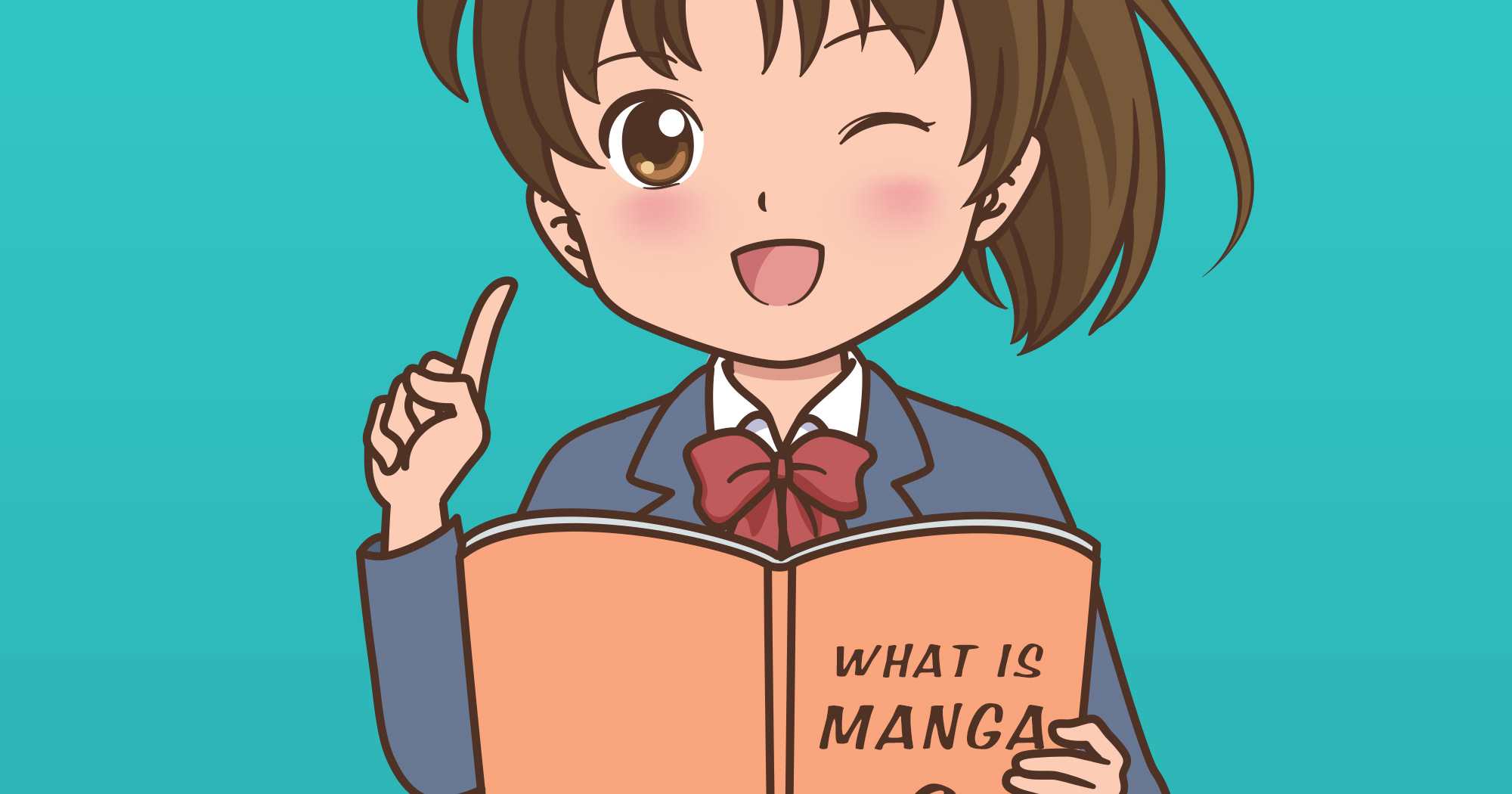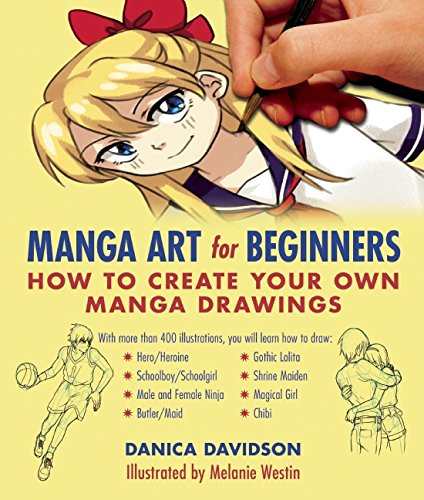If You Think Manga Means Only One Thing, Then You Don't Have the Full Picture

When I read my first manga as a teenager, I didn’t know it was going to change my life and my career. The Japanese comic I picked up had artwork very different from what I was used to, and it read right to left, which made it a little challenging at first. But then I found myself getting the hang of reading the opposite way, and I couldn’t stop admiring the art and how detailed and delicate it was, so unlike many American comics. The emotions of the characters seared hot off the page and the storytelling was unlike anything I’d read before. Soon I was reading another manga, and then another. I was addicted.

About ten years later, I’ve published hundreds of articles on manga for publications including CNN, Publishers Weekly, Booklist and The Onion. I’ve written the English adaptation of manga titles like Millennium Prime Minister. And now my first book on the subject, Manga Art For Beginners, is being released. I’ve become not only a manga fan, but a proselytizer who wants to tell people why they ought to check out manga as well.
The truth is that there are still plenty of manga myths out there. For instance, manga is often seen as a niche read in the United States, but that’s more of a stigma than a reality. Manga rules graphic novel sales worldwide, with titles like Attack on Titan selling more than 52 million books.
So when people say to me, “I’ve never read a manga before. Where should I start?” I don’t know what to say, because it’s as if someone asked, “I’ve never read a novel before. Where should I start?” Sometimes people are also hesitant about how old someone ought to be for different manga titles, so manga have ratings on the back, like All Ages or 13+. These give a general idea of the age range that would be most interested in the title.
Manga in Any Genre
Manga is so popular and powerful in Japan that you can find manga in any genre you like. Most often the titles licensed for American publications are aimed for teenagers and young adults, but the fact is manga is written for kids, for highbrow literary adults, and for everyone in between.
Attack on Titan, the abovementioned sales phenomenon, is an adventure/horror story taking place in the future where humankind fights against annihilation from giant creatures. For people more interested in learning about history and culture, Barefoot Gen is about the fallout of World War II and the atomic bomb, and is written by a survivor of Hiroshima.
Need something lighthearted for kids that can also entertain adults? Chi’s Sweet Home is a sweet, all-ages story about a cat being adopted by a loving family. These are all books you’ll find in the manga section of your bookstore, and they couldn’t be more different. But they’re still only scratching the surface of what manga has to offer.
While American comics can typically go on and on with different remakes, manga series tend to be a set number of books with a self-contained story. (With all the cliffhangers at the end of manga volumes, you’re going to have to keep reading that series.) And though American comics have an edge toward being written by and for men, manga creators are split evenly male and female, with books being written for both men and women, making it much more egalitarian in this sense. I wouldn’t be the first person to point out that manga also tends to show female leads in heroic lights more often, like portraying them as warriors or priestesses.
Manga For Literacy and Culture
As young people have been eagerly devouring manga, more teachers, parents and librarians have been taking note. Students who might not like novels might be enraptured by manga, and comics have been shown to help with literacy rates. Many manga titles are turned into anime (Japanese animation) which play on channels like Cartoon Network and Disney. So fans of anime might also want to go back and read the manga their favorite shows and movies are based on.
Because these books come from Japan, it is additionally a good start to teach people more about Japanese culture. Many people who like manga will glean elements of Japanese culture from it and then continue to study on their own, learning more about the history and present of Japan. Others study the Japanese language and get jobs as translators in the manga field.
So after years of witnessing, talking and writing about all these great attributes of manga, I’m thrilled to have the opportunity to have a book on the subject. My book, Manga Art for Beginners, is all about how to draw manga characters, because many manga fans want to start creating their own manga, leading to further creativity.
For this book I worked with Melanie Westin, an artist I met through a recommendation at VIZ Media, America’s largest manga publisher. The book goes into detail on common character types found in manga. Because I saw many how-to-draw books showing maybe three steps from rough outline to finished character, we worked to have it be about twelve steps for each character, so readers can really see how the character comes together.
It’s my hope that this book will inspire manga fans, and will also get new readers to check out manga and see what all the fuss is about. They might find themselves rabid readers of manga, too.

Danica Davidson is the author of the Overworld Adventures series. You can follow her on Twitter @DanicaDavidson and visit her website.
Danica Davidson
